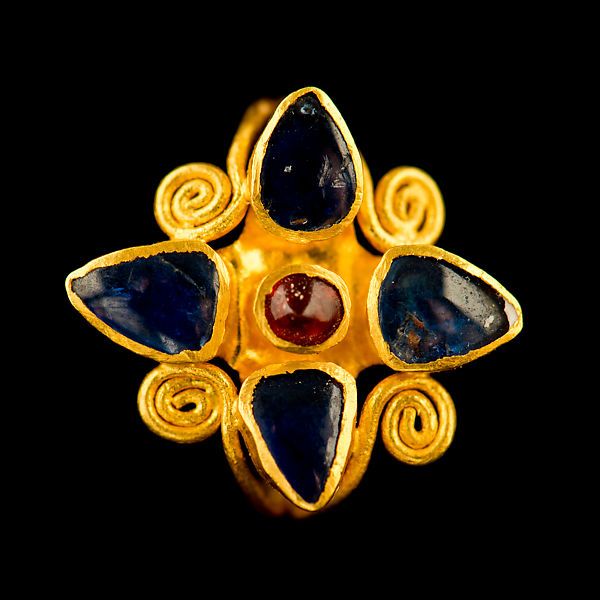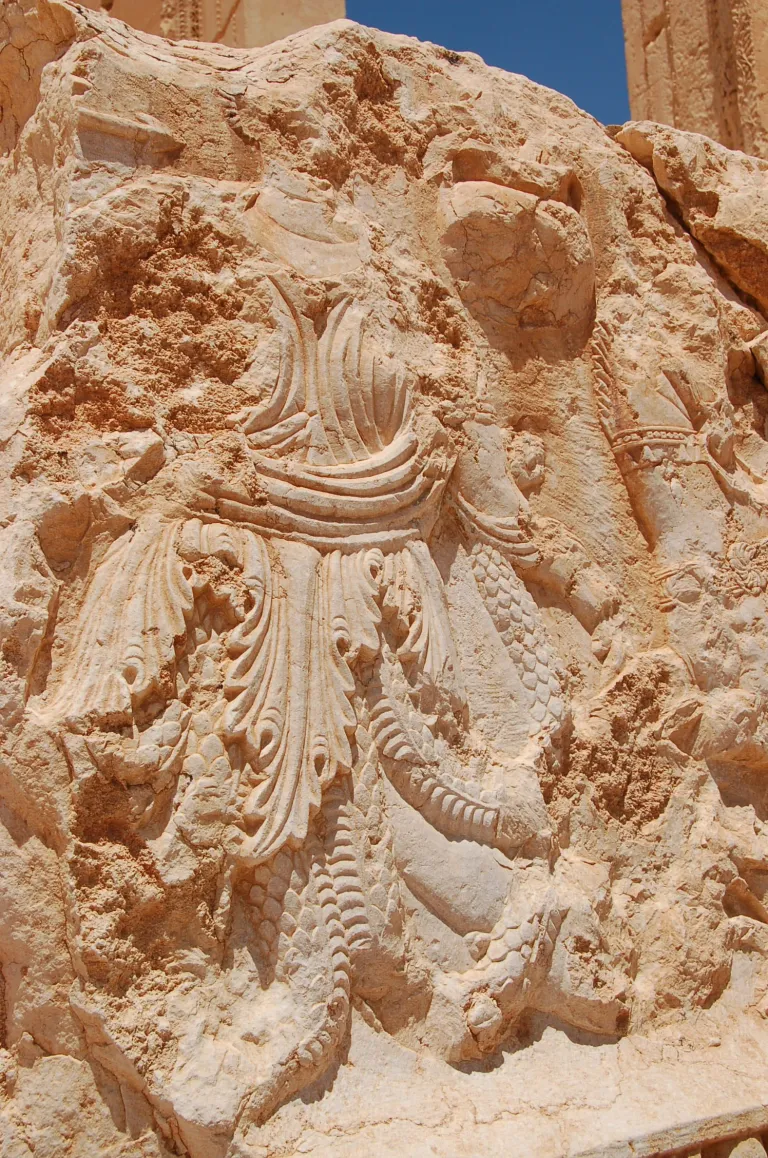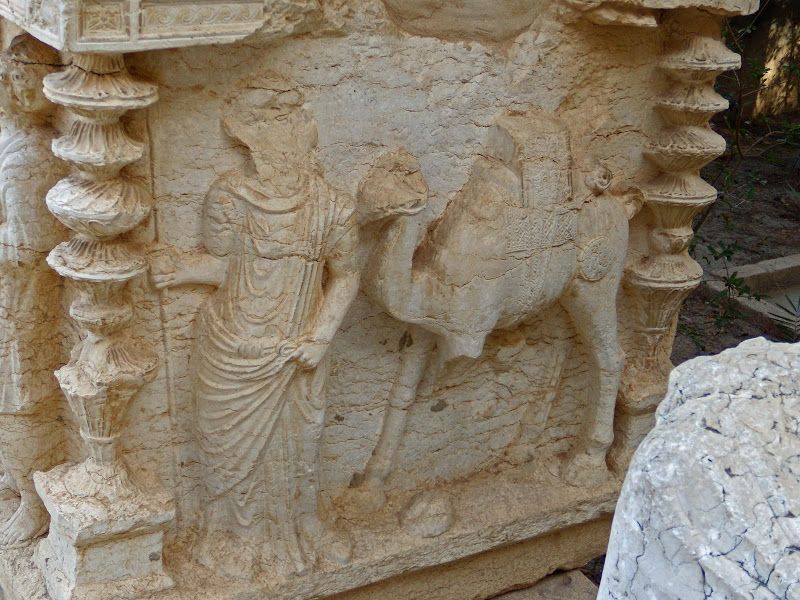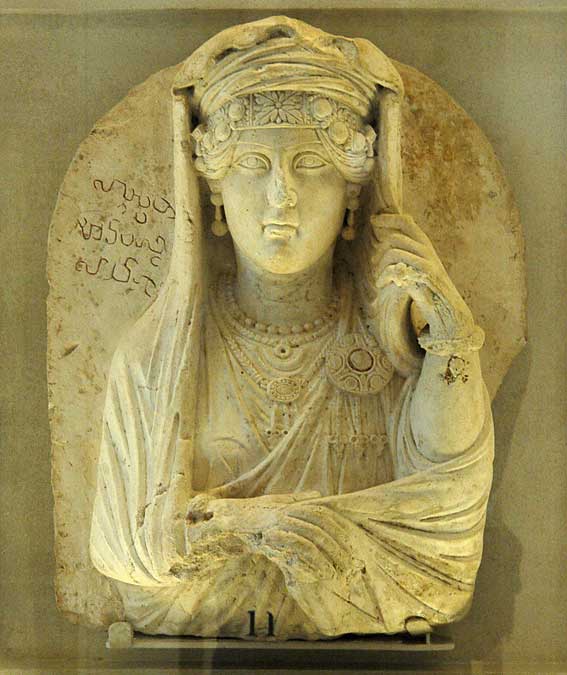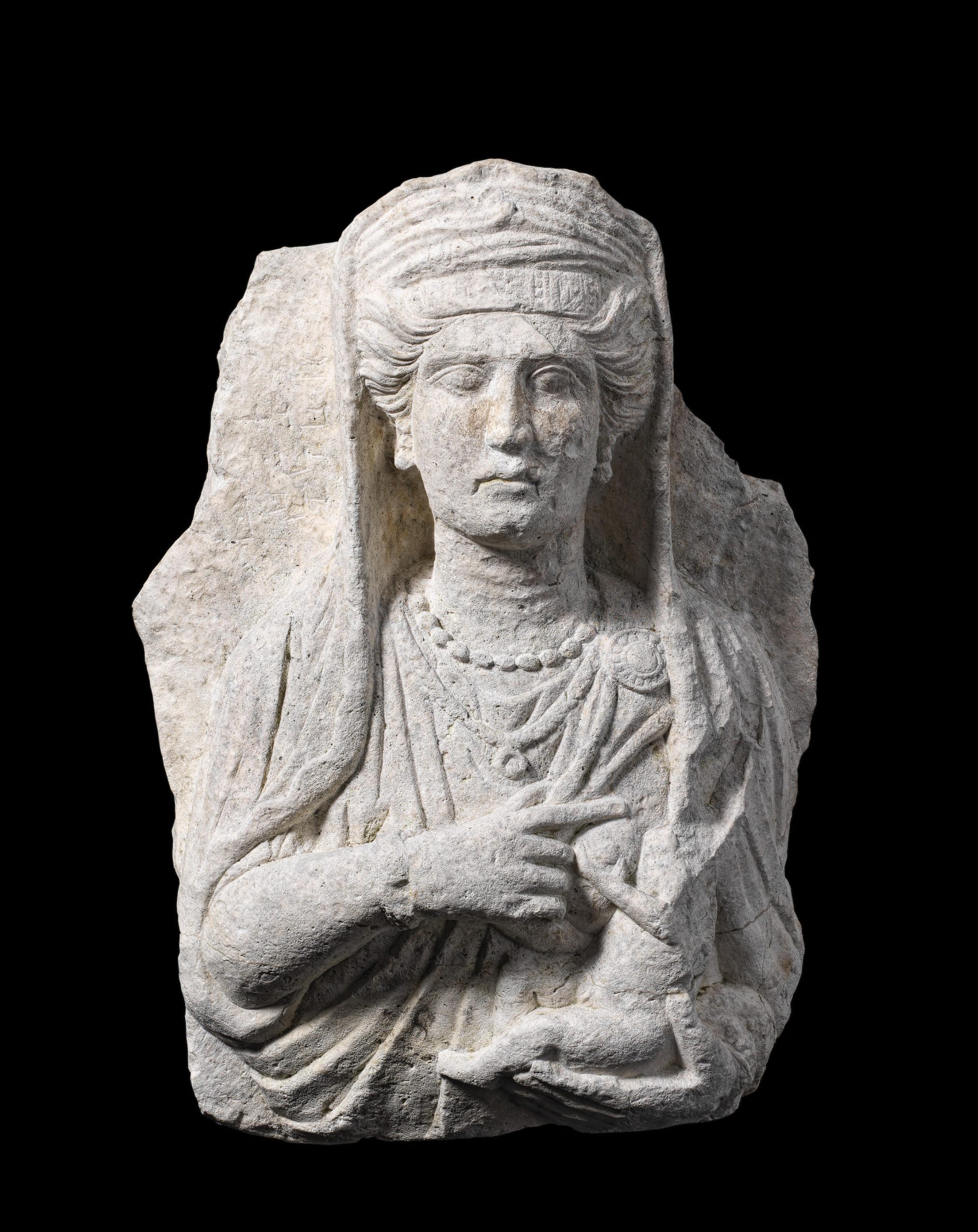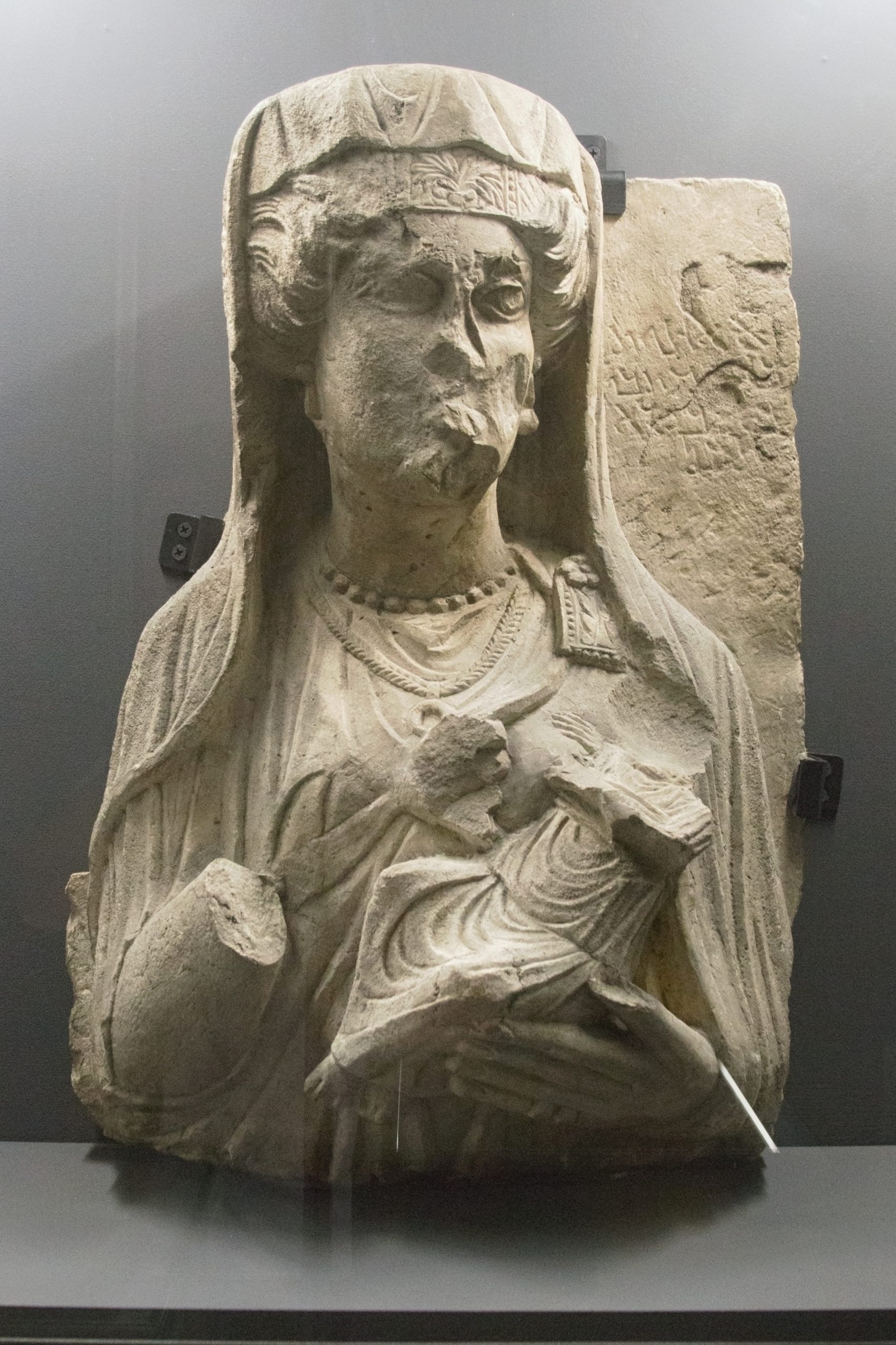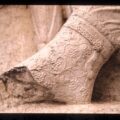The tomb of Ḥairan is a hypogeum, situated in the Southwest Necropolis of Palmyra. At the time of discovery by Harald Ingholt between 1924 and 1928, paintings were visible on the walls of the tomb.
“A painted inscription under the medallion gives the date 149/150 CE. Thanks to this inscription, it is possible to also date the foundation inscription, which is partly preserved, to 106/107 CE. The foundation inscription also gives the name of the owner, Ḥairan, and states that he constructed the tomb for himself as well as his daughters, whose names, however, are not recorded.”
“The tomb contained no sculptural decoration, except for the fragments from a sarcophagus described above and a ‘leaf decoration’ from a banquet relief, which he [Ingholt] also describes in his diary, but only painted decoration, indicating that the tomb had been looted – perhaps even in antiquity.”
SOURCE:
Archive Archaeology in Palmyra, Syria a new 3D reconstruction of the tomb of Ḥairan
Olympia Bobou, Nathalia B. Kristensen, Scott McAvoy, Rubina Raja
https://www.sciencedirect.com/science/article/pii/S2212054820300631
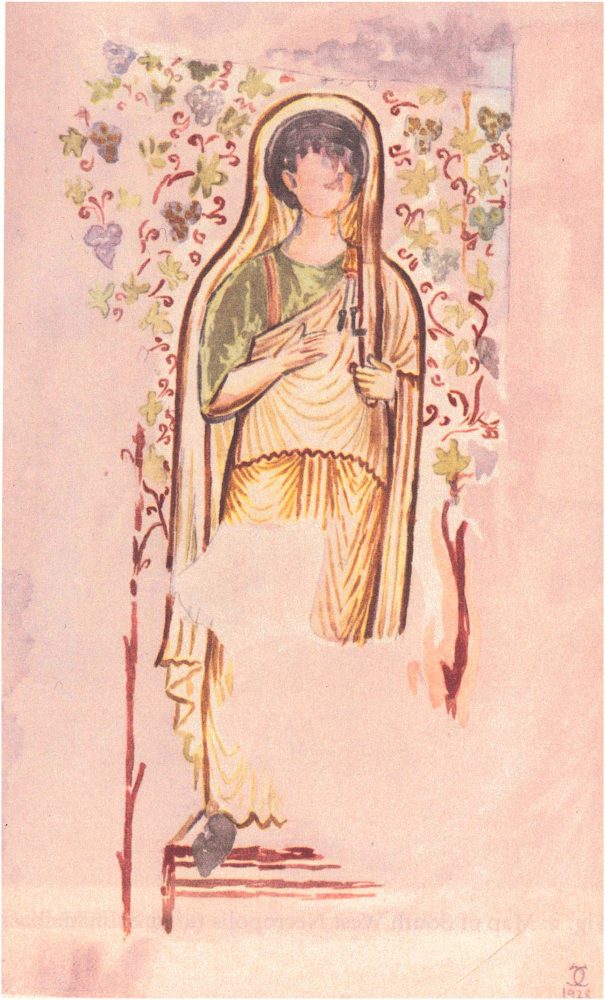
“To the right [of an eagle], a woman surrounded by vines in red and green is depicted. The woman has dark hair and, according to Ingholt, her skin colour is ‘very light yellow’. She wears a green tunic with red bands and a yellow himation fastened with a brooch over the left shoulder. There are also two keys suspended from the brooch. She is 1.65 m tall and 0.48 m wide. There is a small sketch of the dress she wears and one of the pendants attached to her brooch (Ingholt, 1924, 1928a).”

From “Archive Archaeology in Palmyra…”.
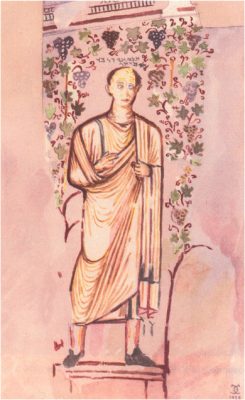
From “Archive Archaeology in Palmyra…”.
“To the left is a man, identified by an inscription as the portrait of Ḥairan, son of Taimarsou. He is surrounded by vines in green and red. He has brown hair. He wears a yellow tunic with a dark band, and a yellow himation (‘arm-sling’ type). He also wears dark shoes (Ingholt, 1924, 1928a). He measures 1.45 m in height and 0.45 m across the chest. These two wall paintings are in fact representations of honorific statues, which would have been set up in some public space of the two individuals because of their importance to Palmyrene society, most likely was benefactors in some to us unknown connection.”
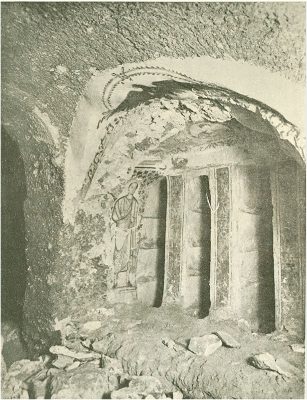
From “Archive Archaeology in Palmyra…”.

From “Archive Archaeology in Palmyra…”.



